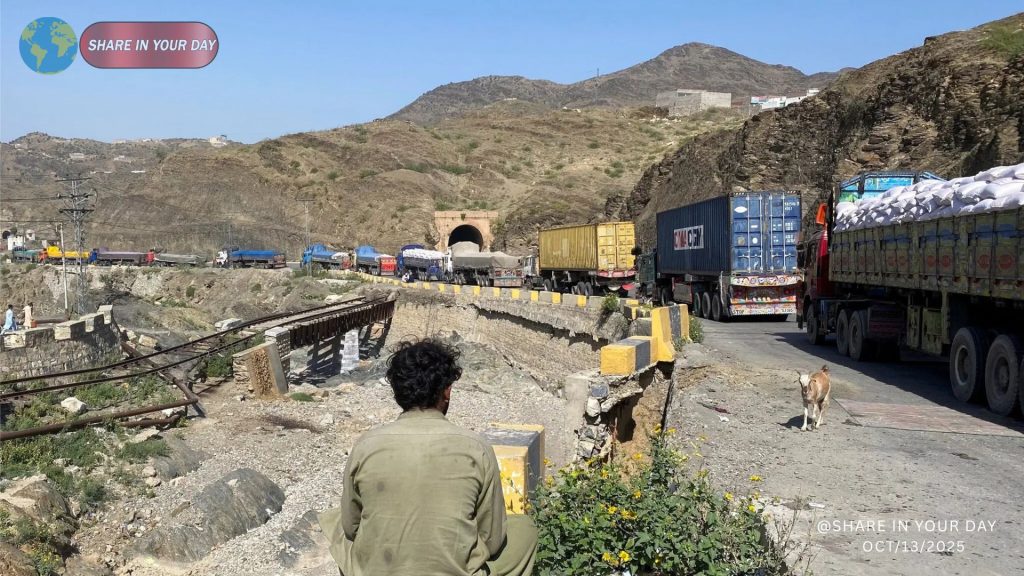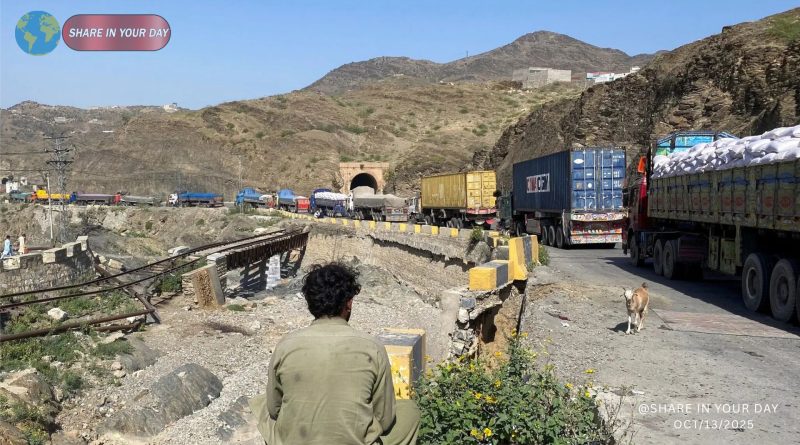Rising Violence Along the Afghanistan-Pakistan Border: Roots, Dynamics, and Human Impact
In recent months, violence along the Afghanistan–Pakistan border has surged to alarming levels. Cross-border shelling, militant incursions, and retaliatory operations have become a recurrent reality for communities living in the volatile frontier region. What drives this escalation, and what are its larger implications?
Historical Context and Strategic Importance
The border region between Afghanistan and Pakistan—marked by the rugged terrain of the Durand Line—has long been a flashpoint. For decades, it has served as a conduit for militant networks, smuggling routes, and clandestine crossings. The porous nature of the frontier allows armed groups to exploit jurisdictional ambiguity.
Control over border areas confers strategic advantages: safe havens for fighters, access to supply lines, and leverage in negotiations. For Islamabad and Kabul, asserting dominance here is both a security imperative and a political symbol.
The Forces in Play
Multiple actors contribute to the tension:
- The Taliban (in Afghanistan): Since their return to power, the Taliban have sought to consolidate control across Afghanistan’s territories, including border districts. However, their governance remains fragile, especially in peripheral zones that face external pressures.
- Insurgent and militant groups: Factions like Tehrik-i-Taliban Pakistan (TTP), the Islamic State Khorasan Province (ISKP), and other regional militants operate across the border, capitalizing on the governance vacuum and shifting allegiances.
- Pakistani military operations: Pakistan frequently targets militant sanctuaries across the border, aiming to disrupt infiltration and retaliate against attacks within its territory. These incursions often provoke sharp responses from Afghan sides or allied groups.
- Local communities and tribal elements: Some borderland tribes have traditional ties that span both sides of the frontier, complicating alignment. Their loyalties may shift depending on who offers protection or resources.
Recent Escalation: Triggers and Patterns
The recent spike in violence seems driven by several overlapping triggers:
- Retaliatory cycles: Attacks by militants within Pakistan often prompt cross-border raids or bombardments. Each side frames such action as defensive or counterterrorist responses.
- Shifting alliances and realignments: Militant groups change loyalties based on incentives, pressure, or leadership change, fueling unpredictability along the border.
- Internal pressures on both states: Domestic security challenges in Pakistan and Afghanistan may push governments to demonstrate resolve through military action.
- Weak governance and oversight: Sparse state presence in remote border zones leaves a vacuum that militant groups readily exploit.
Patterns of violence include nighttime raids, shelling of villages, assassinations of border security personnel, and mass displacement of civilians from vulnerable border districts.
Human Cost: Civilians in the Crossfire
Perhaps the most tragic dimension is the toll on ordinary people. Villages near the border suffer:
- Displacement: Families flee shelling or raids, often heading toward Pakistan or safer Afghan districts, only to live in precarious conditions without adequate shelter, services, or aid.
- Loss of livelihoods: Farmers, traders, and herders face destroyed crops, lost livestock, and restricted access to markets.
- Casualties and trauma: Civilian deaths, injuries, and psychological harm are mounting. Access to medical care is limited, particularly in remote areas.
- Disruption of basic services: Schools, clinics, and roads are vulnerable, further eroding the resilience of affected communities.
Regional and International Implications
The border violence reverberates beyond the immediate zone:
- Pakistan’s security narrative: Islamabad often frames incursions as threats to national sovereignty, justifying military action or cross-border strikes.
- Afghanistan’s legitimacy and stability: The Taliban government is under pressure to maintain order and prevent external interference, even as it faces internal insurgencies.
- Impact on diplomacy and aid: Heightened conflict complicates cross-border cooperation, refugee management, and humanitarian aid flows.
- Geo-strategic stakes: Regional powers—India, Iran, Russia, China, and the U.S.—monitor and sometimes influence border dynamics, each with sensitivities to border incursions, militia movement, and alliances.
Paths Forward: Challenges and Prospects
Resolving the violence is anything but simple. Key challenges include:
- Establishing credible communication channels: Direct diplomacy between Kabul and Islamabad is fraught with mistrust but could mitigate escalatory misunderstandings.
- Strengthening local governance and security: Building administrative and policing capacity in border districts is essential to reclaim space from militant control.
- Community engagement and development: Offering economic alternatives and investing in infrastructure can reduce the appeal of militancy.
- International mediation and assurance: Neutral third-party diplomats or agencies could help monitor ceasefires or facilitate intergovernmental mechanisms.
- Monitoring human rights and protection: Humanitarian organizations must highlight civilian protection and push for safe access to relief.
Conclusion
The Afghanistan–Pakistan border conflict is a microcosm of wider regional instability: deeply rooted in history, driven by shifting militant dynamics, and aggravated by weak governance. For those living in border regions, the risks are existential. Stemming the cycle of violence will require sustained political will, cross-border coordination, and addressing the core socioeconomic vulnerabilities that militant groups exploit.
If you can share the article’s text or main points (quotes, data, incidents), I’ll refine this into a closer, fully accurate version. Would you like me to expand with maps, visuals, or data to accompany it?





